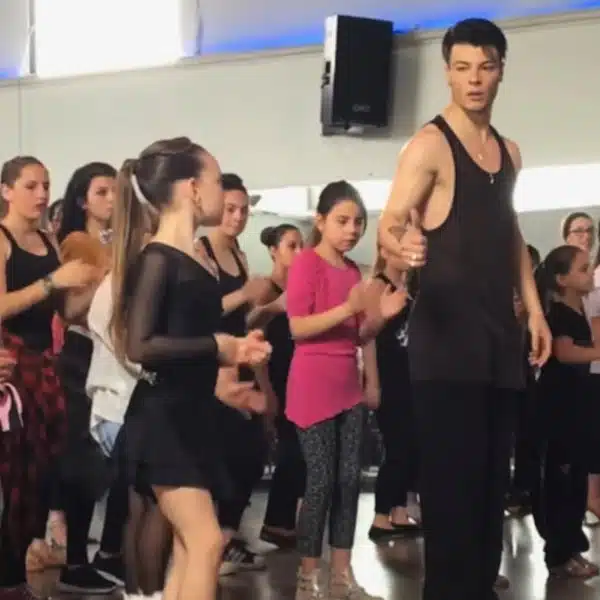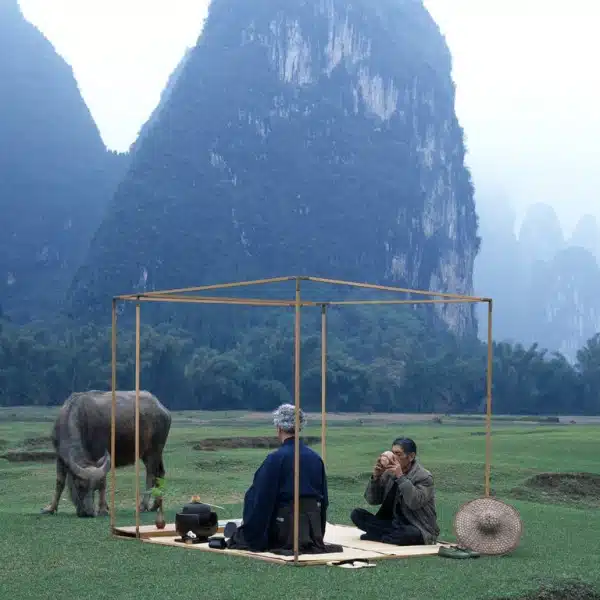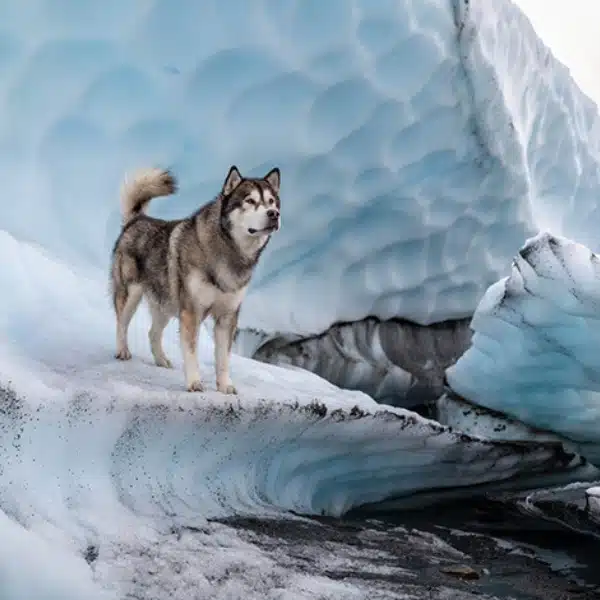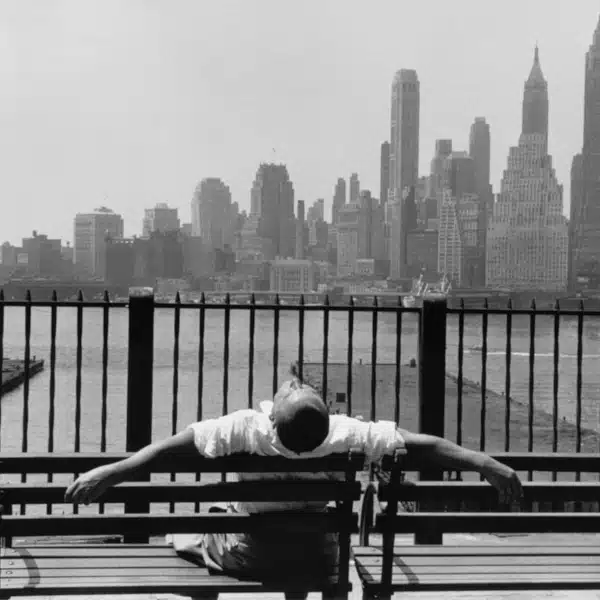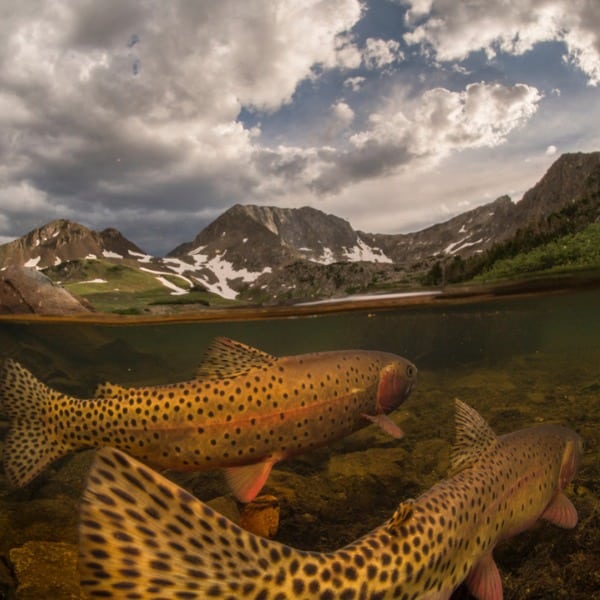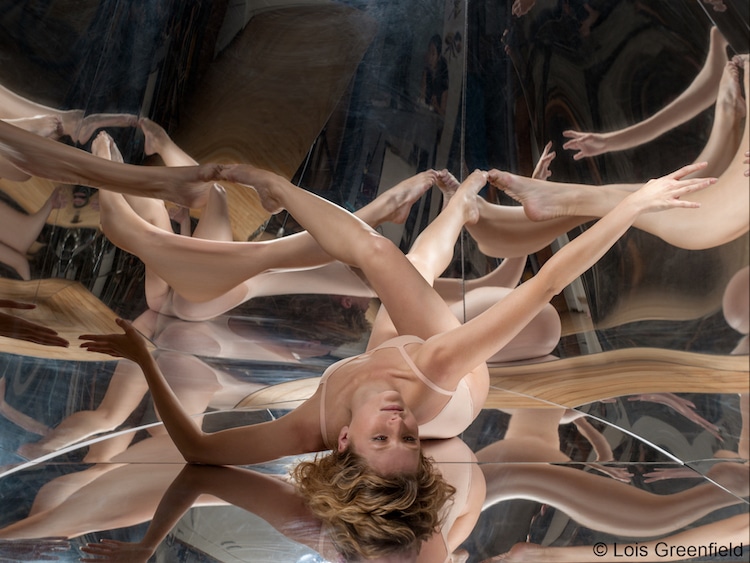
Elysia Dawn
This post may contain affiliate links. If you make a purchase, My Modern Met may earn an affiliate commission. Please read our disclosure for more info.
Legendary dance photographer Lois Greenfield has been “investigating movement and its expressive potential” for 40 years. With a talent for translating spontaneous movements into still images, she is renowned for her striking photographs of figures in motion and the creative ways in which she captures them. In Reflected Moments, her most recent series, Greenfield takes this innovative approach to another level, incorporating a collection of mirrors into her compositions.
Like her other projects, Reflected Moments is dominated by dancers skillfully striking poses. What sets this series apart is the prominence of the mirrors, which are used both as eye-catching props and hypnotizing backdrops.
As her models twist and turn, it is unclear where their bodies end and the reflections begin. This eye-catching element gives each photograph a surreal aesthetic that illustrates Greenfield's conceptual approach to the craft. “I am dealing in the poetics of a visual language rather than in its literalness,” she says. ” I want my images to defy rational explanation.”
In 2015, we spoke with with Greenfield about her dance photography and her book, Moving Still. Recently, we've had the chance to catch up with Greenfield in order to learn all about this mesmerizing new series. Scroll down to read our exclusive interview.
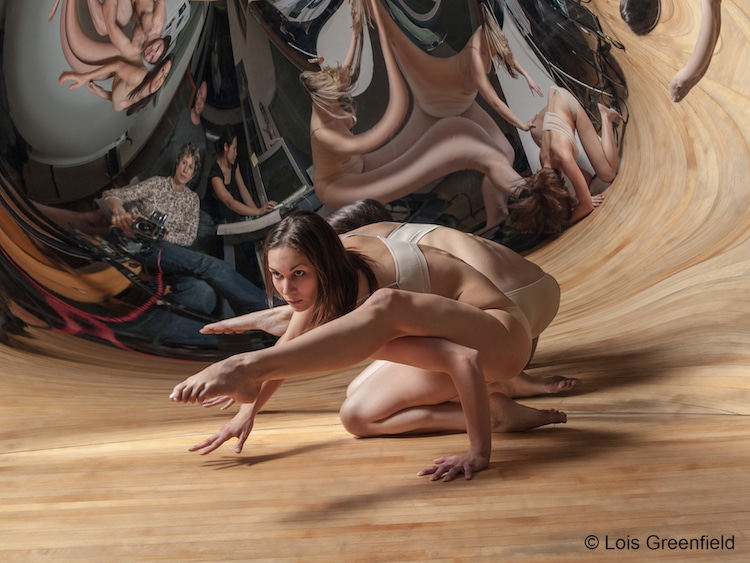
Eileen Jaworowicz
We've loved your photographs for years now. Has your process or approach changed since we last spoke to you in 2015?
My process is always the same; I work improvisationally with the dancers in a controlled studio environment.
My method is rather old-fashioned: my manual Hasselblad camera that I have had since the 80’s sits on a tripod, and I shoot just one frame at a time. I am interested in the spontaneous act of creating images without forethought. My starting point is in the form of a question – “What if?” or “Let’s try that.” If I knew what the finished picture would look like I wouldn’t bother to shoot it, as my interest in this process is to get beyond my imagination, not document an already formulated idea.
The point is never to have the viewer figure out what is going on in the photo, but just to present the mystery of that instant.
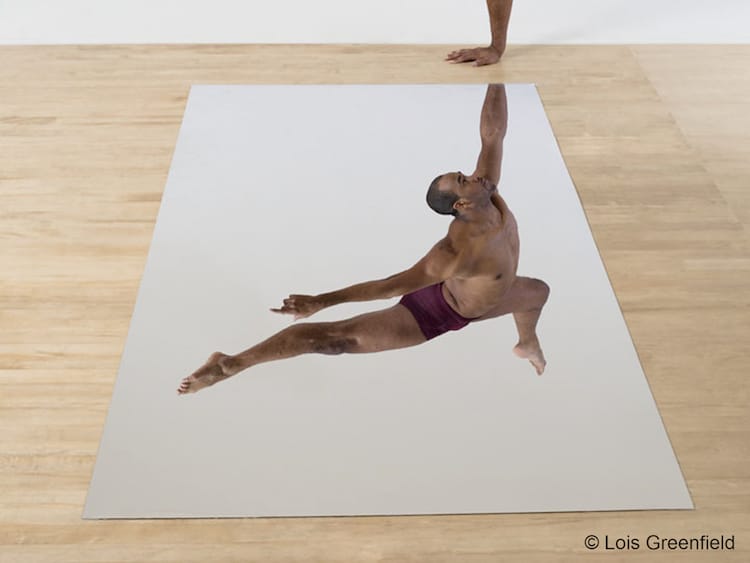
Anthony Borrell
What has been your most memorable shoot, photo, or experience as a photographer?
Years ago, I was commissioned to create an image for the JVC Jazz Festival. My idea was to have a dancer fly like an angel to make the music. This photo was taken during the casting session. My method involved having an assistant stabilize the bass, letting go when the dancer’s hands were on the fret, and then be ready to keep the bass from falling as the dancer let go of it. Pacho came to the audition dressed for the part, and after a few Polaroids I put in a roll of film and captured this remarkable image.
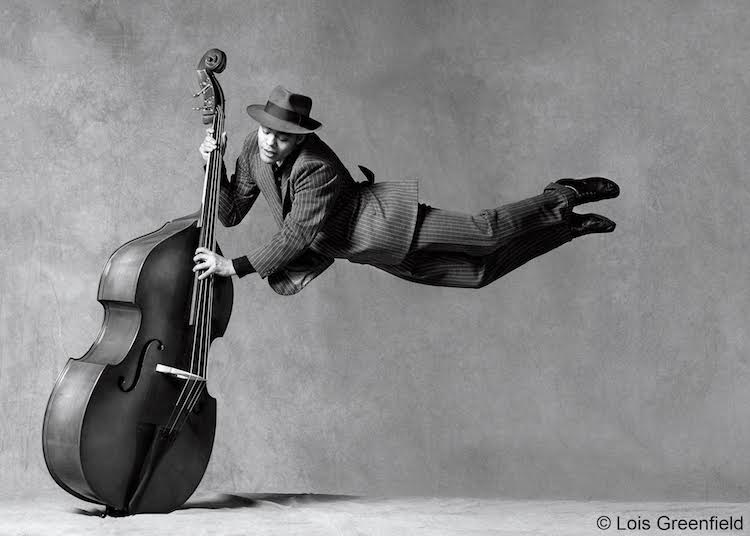
Andrew Pacho
Please tell us about your most recent series and what inspired you to incorporate mirrors into your compositions.
I have been drawn to photographing reflections in mirrors since my beginnings as a photojournalist and travel photographer in the 1970s. I love the fact that photographing reflective surfaces expands the camera’s perspective and incorporates otherwise off-screen elements within the frame.
For example, in the photo of Paul Zivkovich and Craig Bary holding multiple mirrors while they jump, the mirrors simultaneously provide different perspectives of the dancer’s face as well as a bird’s-eye view of him jumping.
Sometimes the mirror is the focal point of the image. In this photograph of Dario Vaccaro, it shows us the ceiling as we look at the floor. It also condenses time; we see the dancer leave the frame at the same time as his reflection leaps into view.
As much as I seek to control all the variables within my photos, I love that fact that mirrored surfaces not only offer multiple perspectives within the frame, but that these reflections are completely out of my control.
Mirrors also create an ambiguity of narrative: is Fang-Yi being chased by the mirror or being sucked into its vortex? Not knowing what to expect, I ended up with an ambiguous narrative in which she appears either to be escaping the mirror, or about to be overtaken by it.
I privilege these enigmatic moments, simultaneously literal documents and inexplicable dreams.
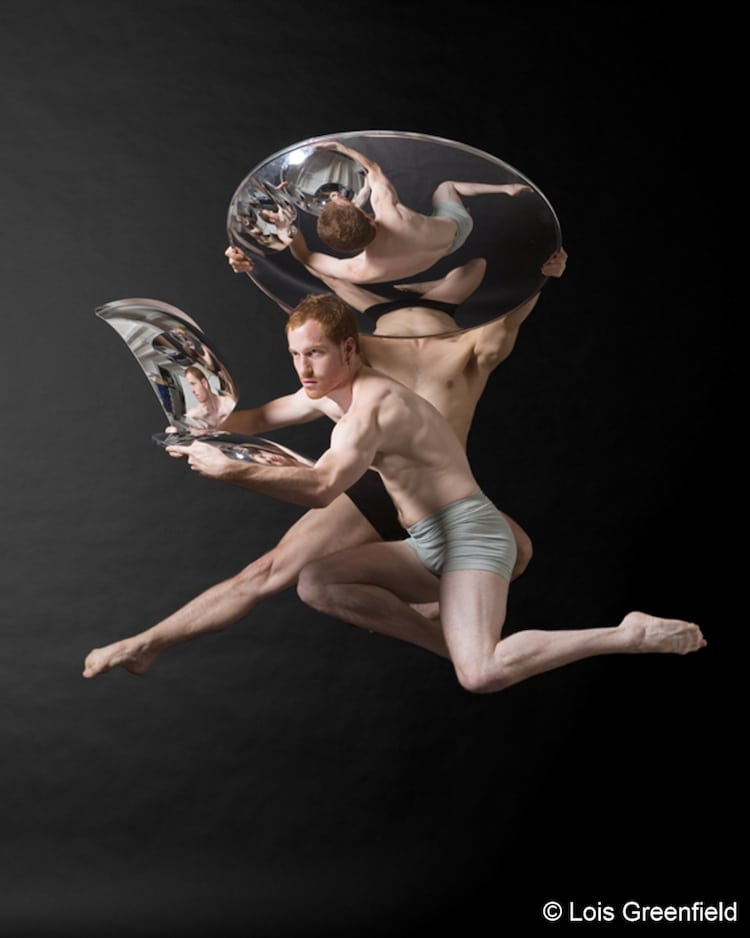
Paul Zivkovich and Craig Bary
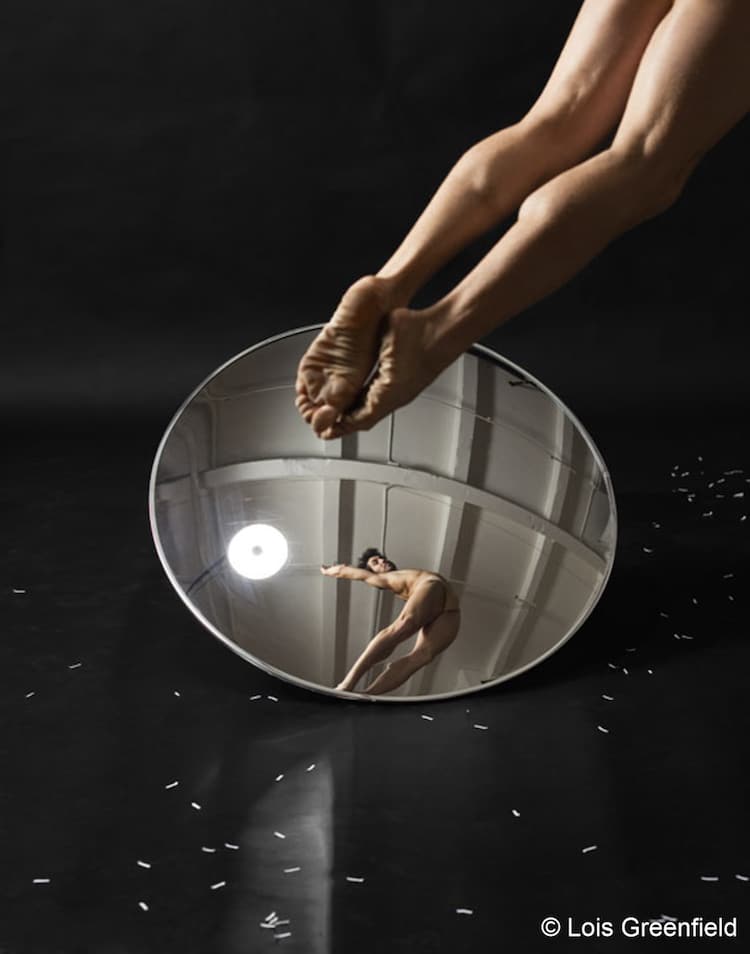
Dario Vaccaro

Fang-Yi Sheu
Has working with these unique props posed any specific challenges?
I am constantly working with the dancers on their facial expressions and gestures, but I have no control over the large reflective surfaces in some of the pictures, which are impossible to keep from bending and swaying, and are completely out of my control.
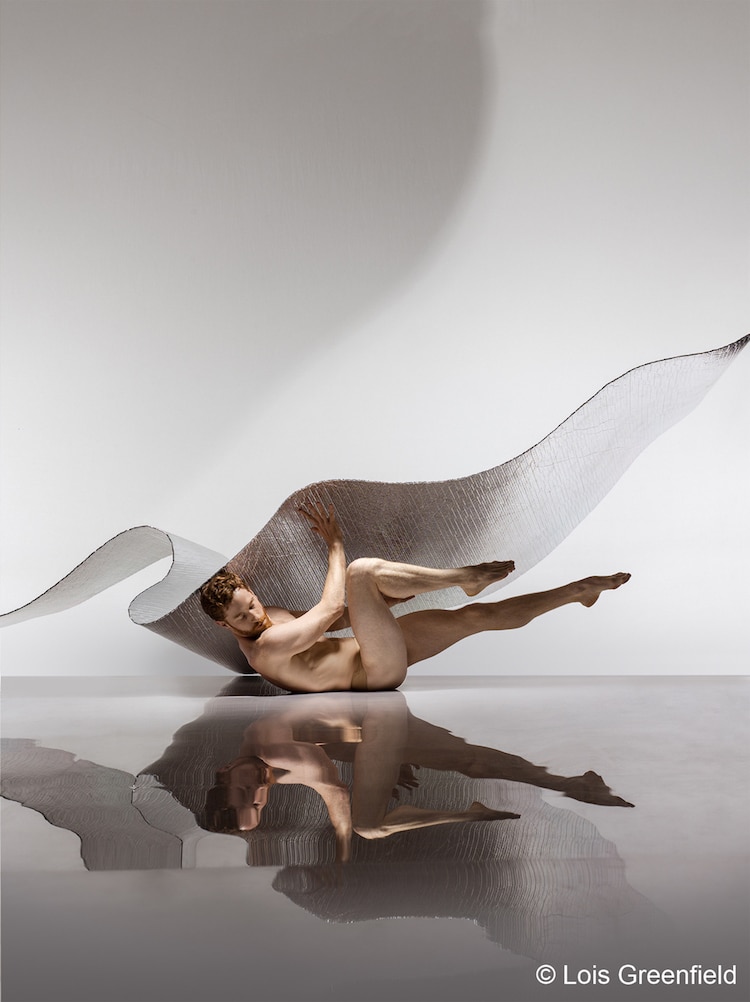
Paul Zivkovich
What continues to draw you to the distinctive genre of dance photography?
My inspiration has always been photography’s ability to stop time and reveal what the naked eye cannot see.
A dancer’s movements illustrate the passage of time, giving it a substance, materiality, and space. In my photographs, time is stopped, a split-second becomes an eternity, and an ephemeral moment is solid as sculpture.
All my pictures are taken as single image, in-camera photographs. I never recombine or rearrange the figures within my images. Their veracity as documents gives the photographs their mystery, as well as the fact that the split seconds that I capture are beneath the threshold of human perception. My photographs are meant to frame contradictions, present the impossible, and find a coherence within chaos.
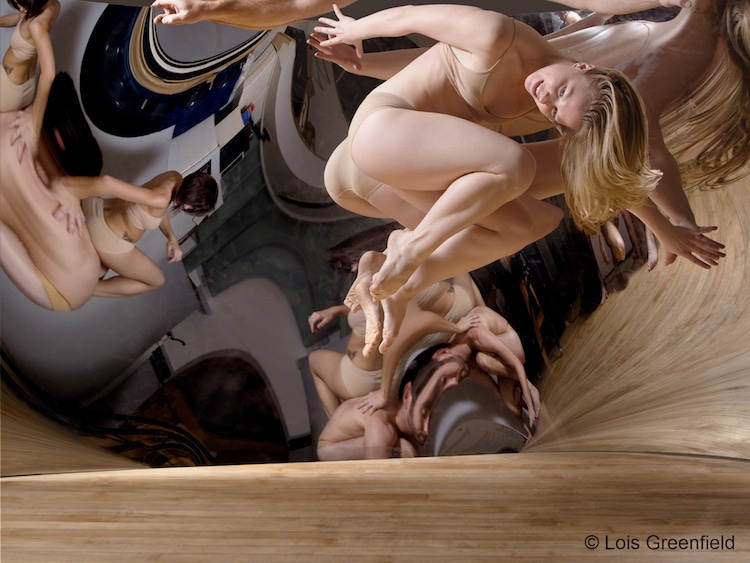
Natasha Czarniewy
See more photos from the Reflected Moments series below.
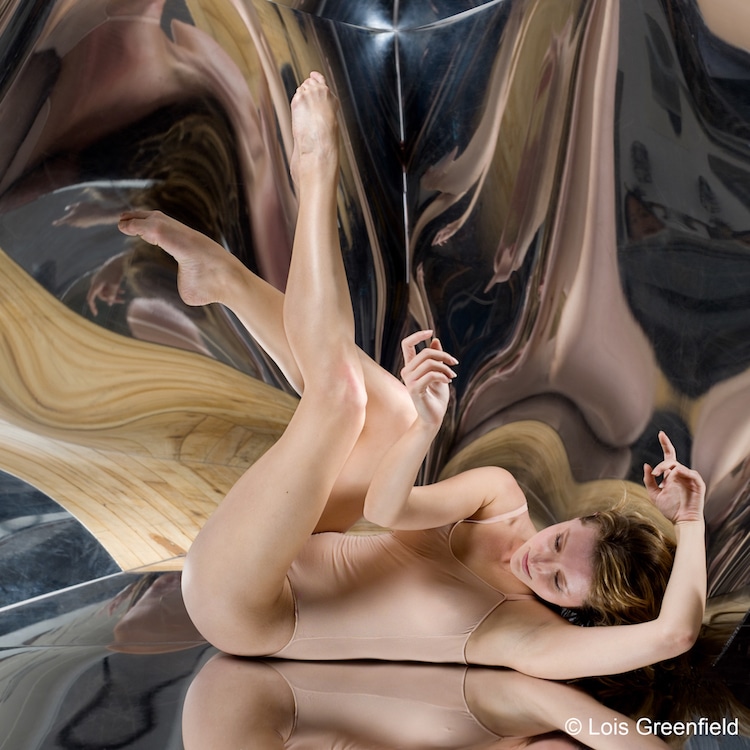
Elysia Dawn
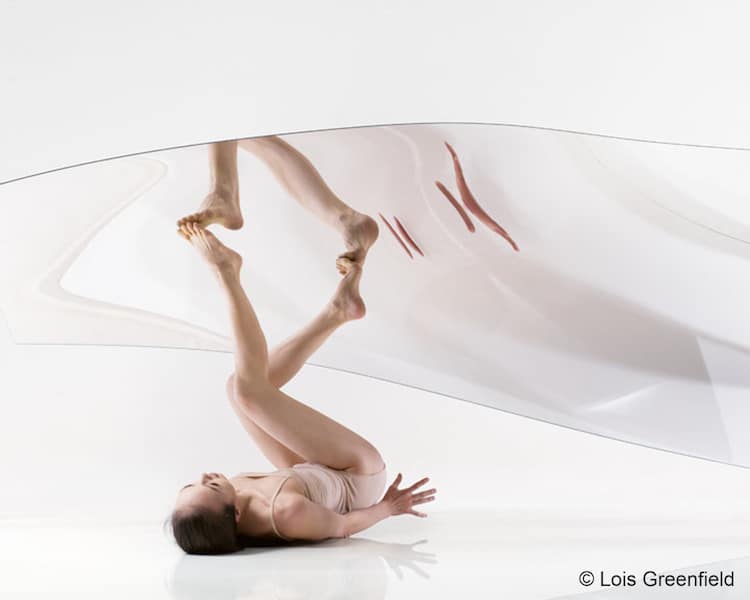
Fang-Yi Sheu

Shannon MacDowell and Kimberly Lyons
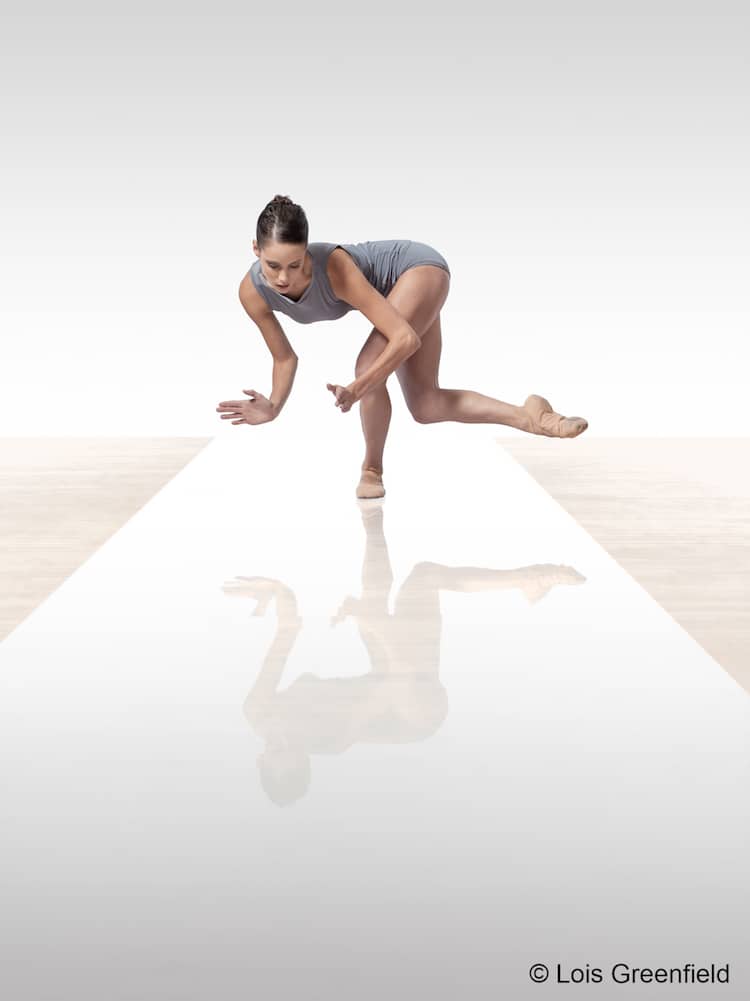
Katherine Bolaños
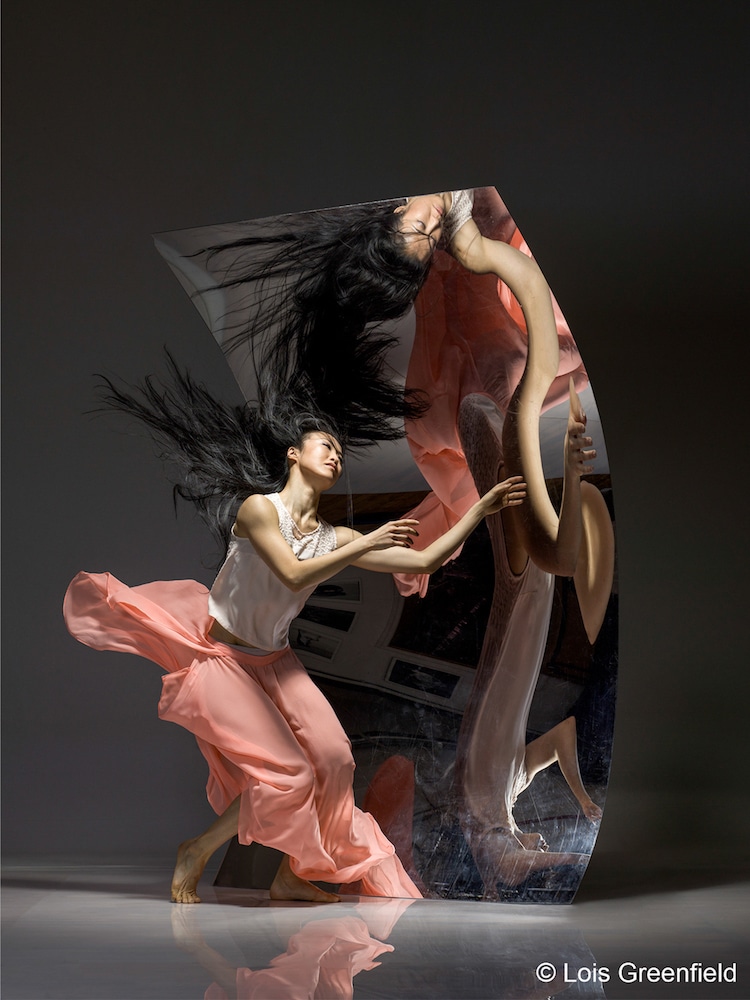
PeiJu Chien-Pott
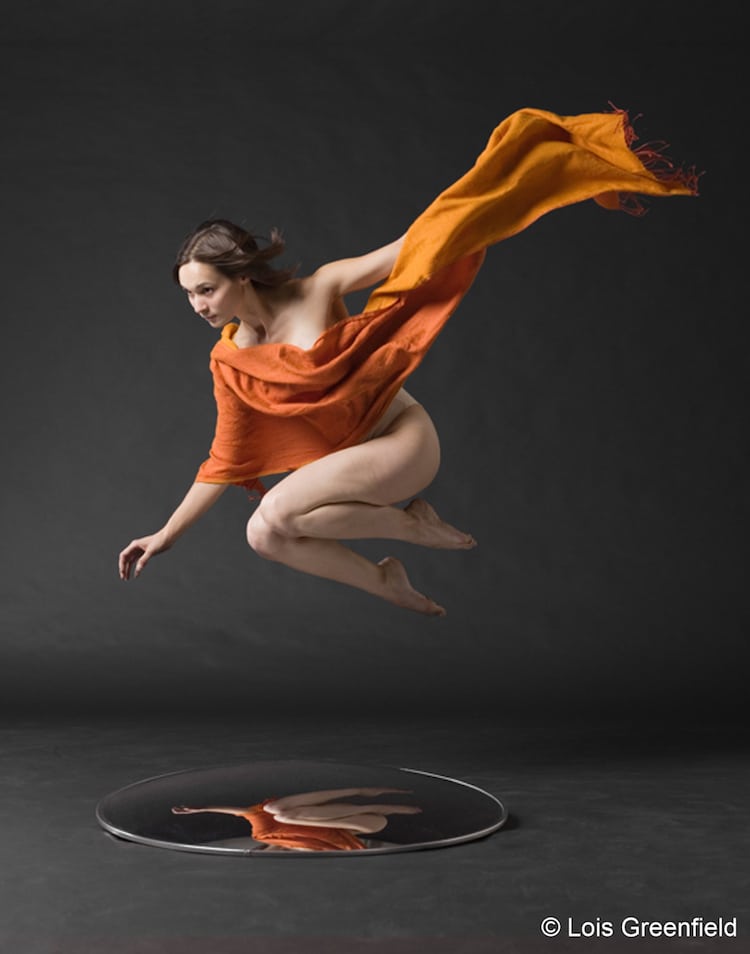
Eileen Jaworowicz
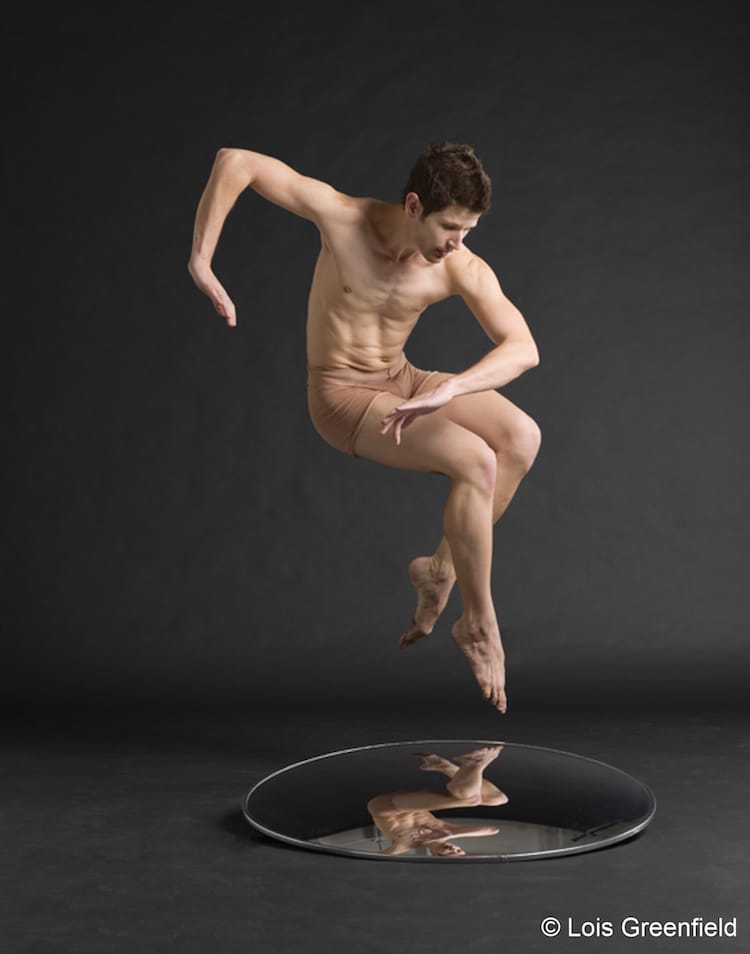
Billy Blanken
Lois Greenfield: Website | Facebook | Instagram | Twitter
My Modern Met granted permission to use photos by Lois Greenfield.
Related Articles:
Interview: Unique Graceful Movements of Dancers Frozen in Time
Elegant Portraits Capture the Graceful Movement of Nimble Ballet Dancers
Stunning Photo Series Spotlights the Graceful Movements of Dancers
Dancers and Photographers Come Together for Incredible Spontaneous Photo Shoots
Degas’ Dancers: How Ballerinas Inspired the Iconic Impressionist Artist











































































